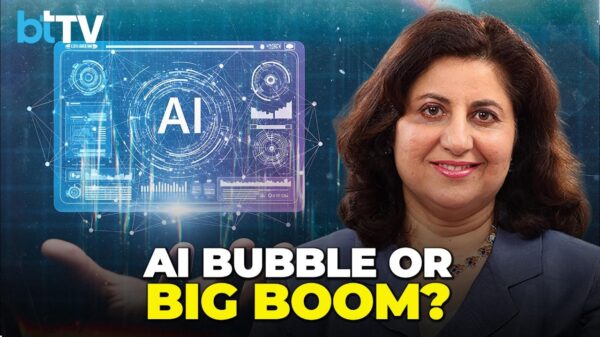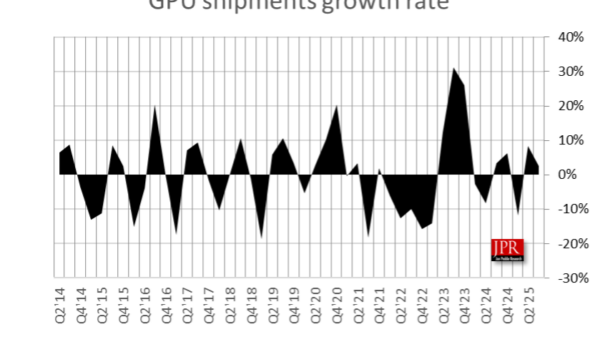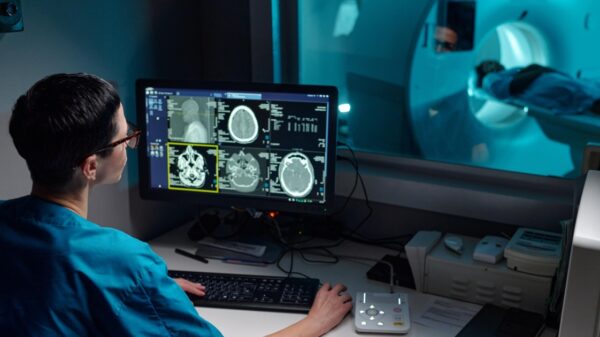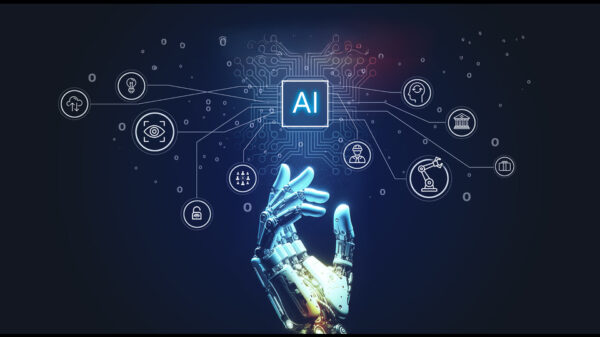The rapid growth of artificial intelligence (AI) is prompting enterprises to reevaluate their approaches to automation and decision-making. What began with text-only models has now evolved into sophisticated systems capable of interpreting images, audio, video, and complex data. This advancement has led to the emergence of the **multimodal AI agent**, representing the next significant leap in autonomous intelligence. As businesses increasingly adopt this technology, they are investing heavily in AI agent development to create scalable and domain-specific autonomous solutions that extend far beyond traditional automation tools.
This transformation in AI development emphasizes a shift towards systems that understand context similarly to humans, respond intelligently, and take meaningful actions across various environments. The integration of **multimodal agentic AI** and advanced frameworks for building AI agents is central to this strategic innovation, marking a new era in enterprise technology.
The early iterations of AI systems were confined to text-based models, reliant on static datasets and predefined rules. While groundbreaking at their inception, these models could not interpret the world beyond written input, limiting automation to predictable workflows. However, the advent of neural networks enabled processing large volumes of unstructured text, allowing for more nuanced interactions. Despite these advancements, early models struggled with real-world data forms, necessitating the development of **multimodal learning** to meet industry demands for sophisticated capabilities in areas like visual inspection and customer support.
The introduction of multimodal learning marked a pivotal moment in AI evolution. Models could finally merge visual, auditory, and textual information to build a richer understanding of complex real-world environments. This breakthrough enabled enterprises to explore advanced applications such as voice-enabled support systems and automated video analysis. As needs expanded, the development of **multimodal agentic AI** became essential, combining multimodal understanding with autonomous decision-making abilities.
These multimodal agents are now capable of analyzing images, interpreting text, listening to audio, and executing tasks—all while adapting to dynamic environments. This shift signifies a substantial progression from static automation tools to adaptive systems capable of real-time decision-making, further enhancing operational efficiency.
The integration of **agentic systems** into AI frameworks introduces capabilities that allow these agents to plan tasks and evaluate outcomes autonomously. When combined with multimodal learning, these systems surpass traditional models in both capability and intelligence. Enterprises now seek AI that not only comprehends the present but also anticipates future actions, enhancing their automation efforts across various sectors.
This evolution holds particular significance in enterprise automation, where businesses increasingly expect AI to drive measurable outcomes. From customer support automation to operational data analysis, the advanced capabilities of multimodal agents promise improved efficiency and decision-making power.
Market Context
Recognizing the strategic advantages of agentic systems, businesses are focusing on building AI agents with multimodal models that integrate large language models, visual processing, and audio encapsulation. This technical evolution involves enhanced neural architectures and real-time processing capabilities that facilitate seamless integration with enterprise systems. Such developments are amplifying the importance of AI Consulting Services, particularly for organizations looking to implement multimodal systems without in-house expertise.
These multimodal agents are trained to merge inputs from diverse channels, fostering holistic context interpretation and generating actionable outcomes. As companies pursue advanced AI development and custom software initiatives, they are constructing systems that mimic human-like reasoning.
While research institutions have historically led the way in multimodal AI, it is enterprise demand that has catalyzed real-world applications. Industries are increasingly seeking intelligent automation solutions capable of understanding complex data, performing real-time reasoning, and delivering autonomous insights. This demand has spurred the rise of multimodal systems applicable across logistics, healthcare, finance, and manufacturing.
The emergence of **open architectures** in multimodal agentic systems represents a significant advancement in this evolution. The concept of an open agent multimodal agentic AI allows developers to incorporate third-party models and custom tools, enhancing flexibility and scalability. This adaptability is crucial as companies integrate sophisticated digital ecosystems, making flexible agentic systems essential for ensuring compatibility across existing tools and data sources.
The most transformative aspect of this evolution is the shift towards **autonomous behavior** in multimodal agents. Unlike traditional systems that require constant human oversight, modern agents can proactively identify opportunities, take action, and optimize outcomes independently. Tasks such as processing multimodal data and refining decisions through feedback are now within their capabilities.
As the landscape of multimodal AI continues to evolve, the future points towards fully autonomous agents capable of delivering predictive insights and supporting mission-critical decision-making across various industries. This evolution will depend on specialized guidance from AI Consulting Services as businesses seek to navigate the complexities of these rapidly emerging technologies. Demand for AI development will only grow as multimodal intelligence becomes an integral aspect of enterprise operations.
The journey from text-only models to fully autonomous multimodal agents marks a significant chapter in the history of AI. As enterprises increasingly rely on these advanced systems for operational automation and decision-making, the future appears bright for multimodal agentic intelligence, promising a landscape where AI plays an even more integral role in daily operations.
 Sam Altman Praises ChatGPT for Improved Em Dash Handling
Sam Altman Praises ChatGPT for Improved Em Dash Handling AI Country Song Fails to Top Billboard Chart Amid Viral Buzz
AI Country Song Fails to Top Billboard Chart Amid Viral Buzz GPT-5.1 and Claude 4.5 Sonnet Personality Showdown: A Comprehensive Test
GPT-5.1 and Claude 4.5 Sonnet Personality Showdown: A Comprehensive Test Rethink Your Presentations with OnlyOffice: A Free PowerPoint Alternative
Rethink Your Presentations with OnlyOffice: A Free PowerPoint Alternative OpenAI Enhances ChatGPT with Em-Dash Personalization Feature
OpenAI Enhances ChatGPT with Em-Dash Personalization Feature



























































